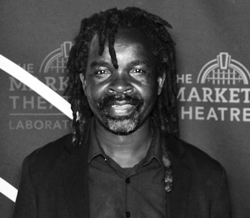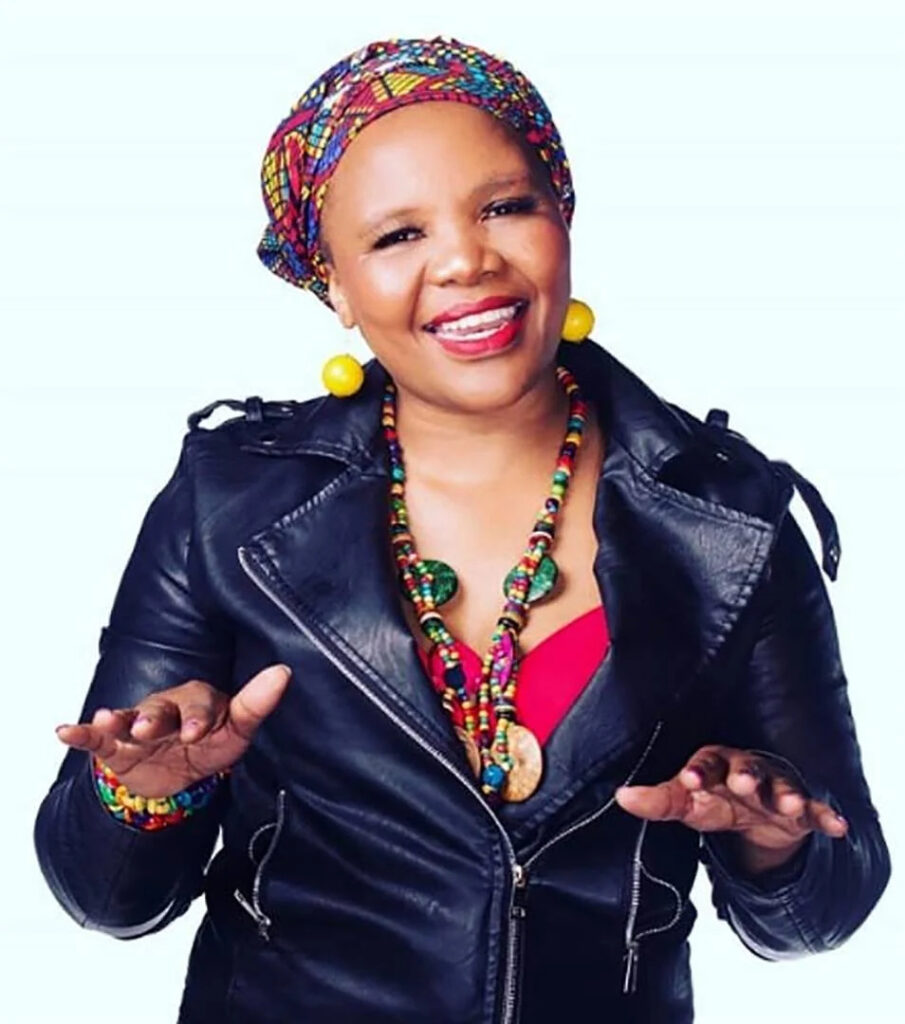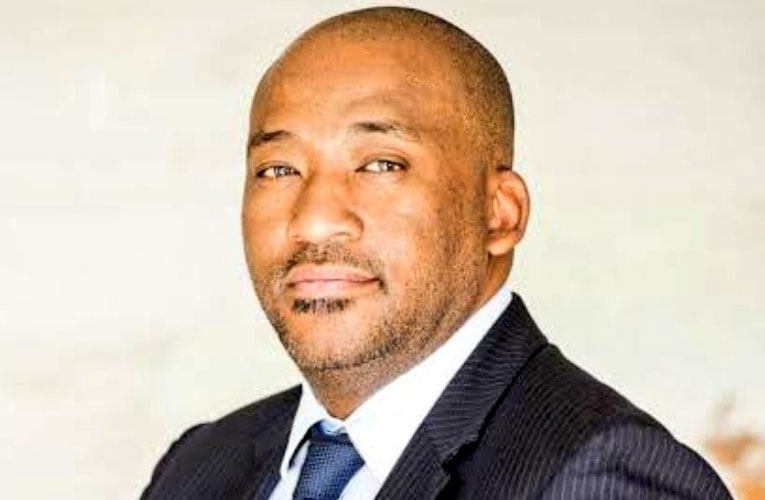Arts funding list: More should be released than less to expose both crooks and upright beneficiaries populating the sector
By Edward Tsumele, CITYLIFE/ARTS Editor

And so Minister of Sport, Arts and Culture Gayton Mckenzie’s list of beneficiaries of government funds dished to a select group of artists during the 2021 Covid outbreak, all 4000 of them has triggered some furore in the creative and cultural sector. There are those who bizarrely suggest that releasing the list was a bad idea after all as this amounts to shaming artists for no good reason.
Others feel that this is the right thing to do in the name of transparency and public accountability for use of public funds. Yet there are others who oppose the release of this list that some have dubbed a ‘list of shame.” This category of those crying foul over the release of this list may have hidden sinister reasons for their outcry. The truth is this category of list complainants may be complaining simply because the release of this list will inevitably reveal that they may have gotten money unfairly and corruptly, and therefo9re are afraid that their once hidden schemes to loot public funds will now be exposed for everyone to see.
One of the reasons given to support the view that the beneficiaries s identities must be kept hidden from the public that is actually funding these projects through the public purse are so ridiculous as to render them laughable. One of the most nonsensical reasons advanced in this macabre debate of the robbed, the thieves of public funds, the afraid and those robbed of an opportunity for funding that they deserve is that advanced by the cornered Creative industry Federation of South Africa (CIFSA)’s President Joy Mbewana.

In media reports, published as part of the debate of whether to release or not release, Joy was quoted claiming that the release of the list will in fact undermine the delivery of some of the projects, the weak reason being given being that once service suppliers contracted by a beneficiary get to know about the amounts given to the contracting beneficiary partner, the service providers will demand unreasonable fees for their services. This is as lame as saying a prospective employee who has been offered a job, say at a profitable company whose profits are published on the Johannesburg Stock Exchange will demand that they get paid a high salary based on the profit margin of that company. It does not work like that.
As a matter of advice, CIFSA, which suddenly has found its lost voice now that there is a new minister should instead of making noise in this ongoing debate, focus on getting their books in order for the R5 Million they have been getting each year from DSAC for doing fokolo other than paying themselves salaries as officials.
This is in case, DSAC under the leadership of a new minister who seems not to be interested in protecting anybody who has been doing wrong all along, might eventually decide to demand to see CIFSA’s books after all and with such a prospect smalanyana skeletons may come out into the open. Or alternatively, given their dismal misrepresentation of the sector, it may even be advisable for them to lie low, and quietly face the inevitable and that is their folding in the face of growing allegations of lack of accountability for public funds, dubious membership figures and their misrepresentation for the sector purely to look after their stomachs. A hungry person in a so called leadership position is indeed a dangerous person.
And so Ousie Joy, you are missing the point here, and it may be unintentional-more transparency is needed than less about who gets funding, why and how they use the public funds, that way the environment will be cleaner and it will be good for everyone, including the ordinary artist instead of the connected. Trust me in the long term that will be what the industry needs, a healthy and fair funding environment affording an equal and fair chance to every creative, young and old, emerging and established.
This is so unbelievable, out of touch and dumb for a so called creative and cultural industry to have an issue with names of beneficiaries of public funds released. Just to be clear, there is nothing wrong for one to have received R10 00 or R20 000 to tide them up during a pandemic. That is what a caring government does, looking after its vulnerable citizens during a global pandemic.
As for those who properly received or are receiving public funds to create and fund their projects and artistic activities from DSAC or its funding agencies such as The National Arts Council or the National Film and Video Foundation, there is nothing to be ashamed of by having your name and the project you carried out publicly released.
The thing is if you received R40 million and you did what you applied the funds for, including having a national impact, including creating the much needed jobs, up-skilling the youth through skills transfers and creat8ing business opportunities for others, this is the time for you to instead of crying foul enjoy the limelight of being named as a beneficiary who made a difference in society, and whose impact is there for everyone to see.
This must be the opportunity for recognition you have been waiting for all along. The thing is when you decide to apply for public funds for whatever arts project you want to carry out for your own personal benefit as a working artist or that of others, how the principle of public accountability kicks in is the understanding that the public would want to know who benefited from their money, how and why. It is as simple as that. Otherwise if you do not want this information to be public, look for funding elsewhere other than from the public purse.
For example a company listed on the Johannesburg Stock Exchange which raises capital through the public listing, must be transparent about its financial position, including publishing its profits or losses for the benefit of the investors, and therefore the public are the investors in the public purse, and no one should benefit secretly from the public purse and many an artist who are genuinely applying for these funds to do legitimate work in the sector understand this very well, and have no problem with the release of their names, including the money they got and what they did with it, successfully or not successfully. The point is to account fully.
On the other hand, only the guilty are afraid. And under these circumstances where DSAC is under a minister with maverick tendencies, you need to be afraid, in fact very afraid. You simply cannot predict what the new minister will do with a department that for the longest of time, has been accused by artists for all sorts of unthinkable things in a free and democratic South Africa –corruption, cronyisms, arrogance, gate-keeping instead of enabling access to funding for creatives and simply thieving with no accountability for those whose hands are found in the cookie jar.
And so with regards to whether or not the minister was correct or not by publishing the list, there should not be a debate after all in this regard. In fact what should be debated is the extent of the openness with regards to those who got funding for whatever project.
For example, many right now are waiting for the next release of the list to see the names of the big boys in the game who got huge amounts of money for their projects. And by the way there is nothing wrong with getting huge amounts for either individuals, companies or organisations as the budget depends of the scale of the project and what it set out to achieve and whether it has achieved it.
For example if CIFSA eventually accounts for the R5 million that it has been getting, demonstrating the impact of the projects it carried out for the benefit of its membership, beyond the salaries of its officials, there is nothing wrong with that.
Or if for example the so called flagship national projects of the department that have had funds ring-fenced (another debate for another day on the issue of ring-fencing funds) annually for them such as the National Arts Festival, Joy of Jazz, Cape Town International Jazz festival and Mzansi National Philharmonic Orchestra among others, can demonstrate how they impacted positively on society including full financial accountability for the millions of Rand they received from the public purse, why should there be a problem. The public simply wants to know how much of its money has been used where, how and whether it is for the public good.
And so instead of complaining about this season’s transparency, the complaints should be more directed towards more openness. In fact the creative sector is for example currently on tenterhooks waiting for the time when the list of the beneficiaries of the recent National Arts Council annual grant is released. This is simply because the powers that be, decided it was wise to hide who got what money, creating an unnecessary situation of gossip mongering among the creative sector as debate is currently going on about what could be the reason for this ill-conceived idea. This is because all along in previous funding cycles, the NAC has always released the names of beneficiaries and the amounts they got. Contrary to what CIFSA President’s Joy claims, service providers have never demanded unreasonable fees based on what the project’s budget is as all depends on what the service provider is bringi8ng to the project.
Actually now that the issue of whether or not the list of beneficiaries of public funds in the creative sector is done and dusted, what the creative sector should ask the minister to do is direct that DSAC and its funding agencies such as the NAC and NFVF should also release the list of those whose applications have been rejected in the same period, giving the reason why such applications were declined, the name of individuals or organisations as well as what the funding was for.
Here we might actually stumble on the real deal, instead of clutching the straws about people who got R10 000 during a pandemic. Put differently, we need to know what we were robbed of in terms of witnessing in our life time the projects that may have had potential to do all the good things that DSAC and its funding agencies were created for in the first place. And yet some of these projects were disqualified for clerical errors such as a missing address of one of the two referees required, or some other silly error, something that could easily be corrected by calling the applicant and give him or her strict deadline to correct the error and get the project going. That is what an enabling funding environment should be, instead of the current environment that is characterised by gate-keeping instead of assisting creatives to access funding by making the process as friendly as easy as possible.
And so the idea of the release of the funding list by McKenzie turned out to be a master stroke needed in the creative and cultural sector right now.










